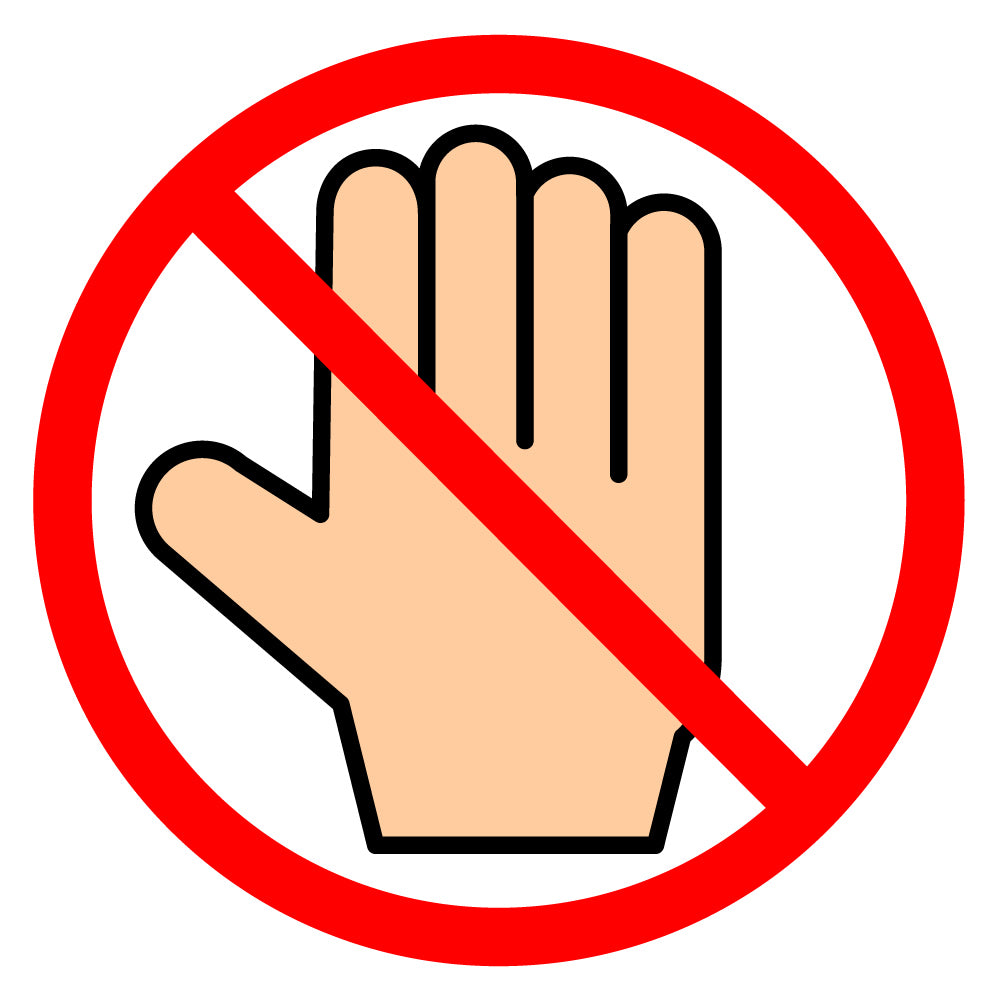How to install your AT220
Screw the trap to a established tree, at a height of at least 75cm in areas with kiwi present (Department of Conservation Guideline). Insert the lure tube and attach the battery. Press the button on the PCB button once to wake the trap up.
The Ramp: The recommended ramp provides two main functions. Giving possums a perch and to lift the trap off the ground, keeping kiwi and other non-target nocturnal species safe. The ramp should be setup to meet the bottom of the rat ladder (the dangling piece of webbing).
If Weka are present in the area you are trapping, the height of the trap should be increased to 1.3m off the ground, and the ramp angle should be 55 degrees. -Any log or piece of timber is suitable, just ensure its stable and steep. Try to position the ramp so the lure drips down onto it.
Other tips: Rats and possums are great climbers so don't worry too much about trap height. If your main target are rats and mice, (and possums and flightless birds are not present in your area) you can try setting the trap as low as 25cm from the ground.
Servicing your trap
Recharge the battery, refill the lure
After 4-6 months, your trap may need to be serviced to recharge the battery and/or refill the lure pouch.
Battery: remove from the trap, and return to base and connect to the supplied USB charger. The LED light on the charger will slowly flash during charge, then go out once fully charged (can be several hours depending on level of charge.
Lure: simply remove the clear hose from the pouch, unscrew the cap and refill. Food funnels or squeezie bottles can be used to make this easier out in the field.
Cleaning
If things get a little dirty
Over time, your trap may need cleaning to remove debris.
Ensure trap is in an unset position with battery removed before starting.
Using water and a toothbrush, gently wipe the sensor eyes located on the underside and left hand side of the trap. Status of these eyes can be checked using our mobile app.

